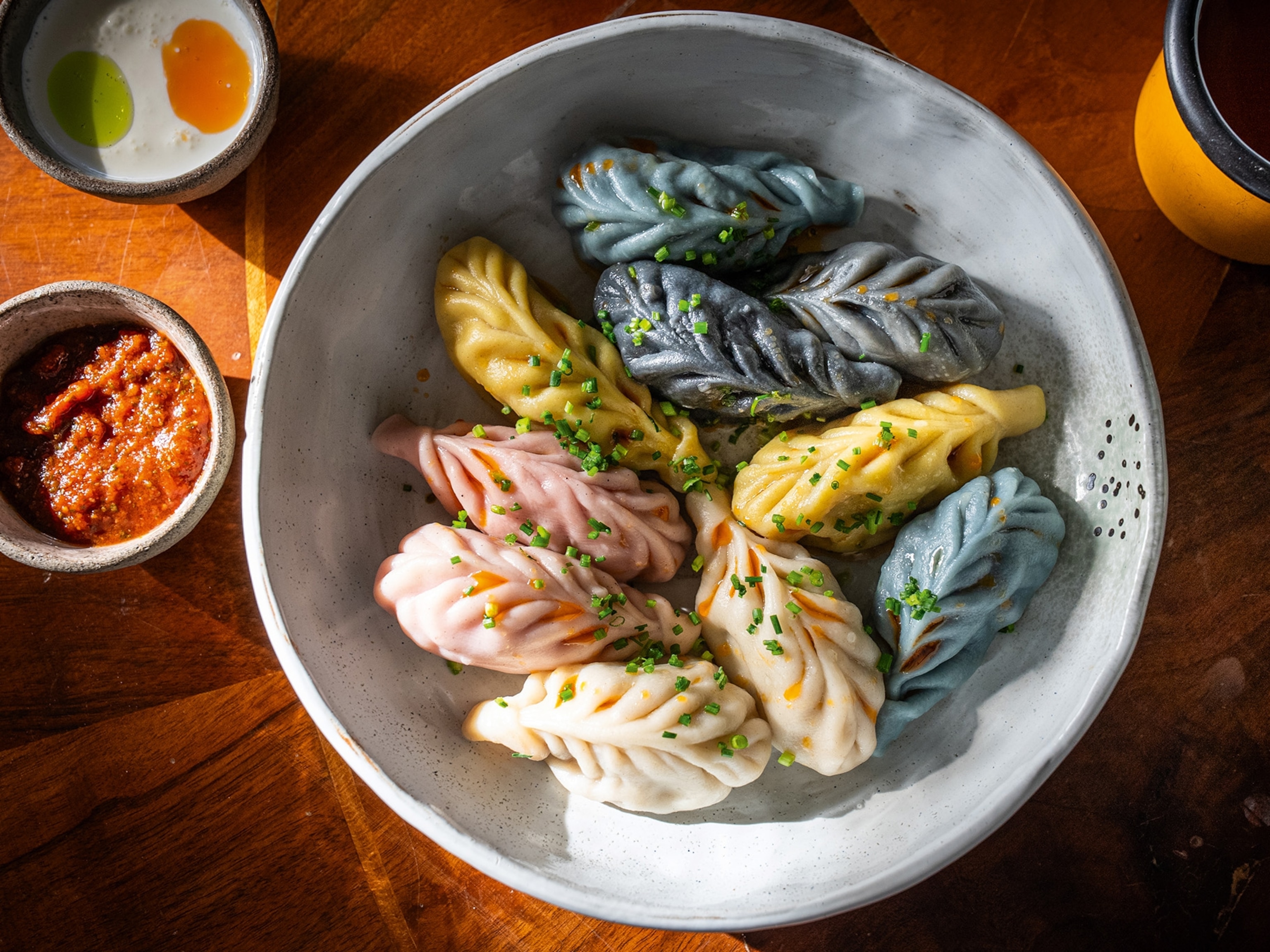Why soba is an underrated Japanese dish
Trade the ramen crunch and flavor packet for these nutty, delicate Japanese noodles.
While ramen, with its bold broth, shines as the star of Japanese noodles in America, gentle, subtle soba is starting to make inroads. The buckwheat flour noodles, usually about the size of spaghetti, don’t take as easily to mechanized manufacturing or storage as ramen or udon, so the fragile, fresh version requires extra effort to find.
Some grocery stores do sell dried versions of soba, but they have just a token amount of buckwheat flour. It’s the buckwheat’s nuttiness that gives the noodle its signature flavor—as well as its health benefits. Copious soba consumption began in Japan during the Edo period, around 1600, as a way to fend off beriberi, a disease caused by a thiamine (vitamin B-1) deficiency. Beriberi was common in Japan because of the country’s dependence on polished white rice, which has little thiamine, explains Seattle soba-making chef Mutsuko Soma.
Soma’s inspiration for opening a soba restaurant came from her grandmother, who made the noodles for most family gatherings, including New Year’s Eve, when the noodles are traditionally eaten to promote longevity. It’s considered lucky because the slurping and lip-smacking noises made when eating soba (“tsuru tsuru, kame kame,”) sound the same as the names for the long-lived crane and turtle.
Soba really gained popularity in Japan through restaurants specializing in the dish and small stands peddling the noodles as an everyday food of the masses. The rest of the world caught on. Restaurants like Soma's Kamonegi in Seattle, Ichimi Ann in Los Angeles, and Sobaya in New York City serve the noodles in traditional styles—zaru soba, chilled with a light dipping sauce, or bukkake soba, prepared in a warm broth—and with a variety of toppings or garnishes, often tempura or duck. (In fact, Kamonegi’s name is taken from the Japanese words for duck and leek.) When diners finish their soba, they commonly request soba-yu, or the cooking water from the noodles, full of nutrients, to mix with leftover dipping sauce and drink as a soup. [See how Japanese mochi is made.]
No matter how it’s served, the principles of soba stay the same: simplicity and the familiar notes of buckwheat.
- National Geographic Expeditions





